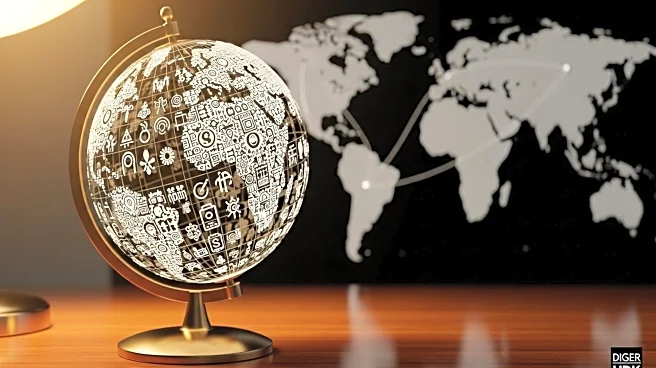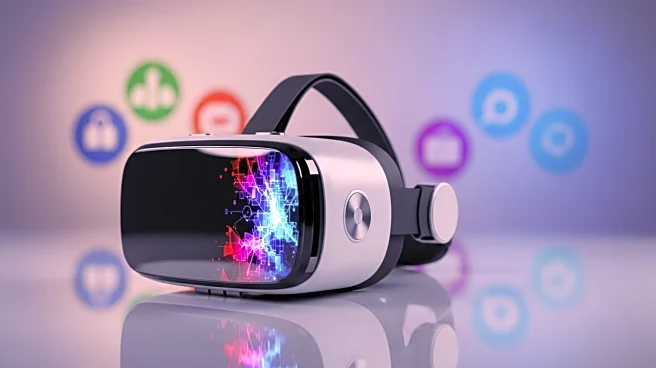What's Happening?
Brands are increasingly turning to real-world experiences to engage audiences who are experiencing digital fatigue. According to industry insights, there is a growing appreciation for out-of-home (OOH) advertising as a medium that connects with people in their daily lives, such as during commutes or coffee runs. This shift is driven by a desire for genuine human connection and a break from constant screen time. The effectiveness of OOH advertising is highlighted by its ability to reach real people with meaningful messages, as demonstrated by successful campaigns from brands like Specsavers and McDonald's. These brands have leveraged humor and emotional engagement to differentiate themselves in a crowded market, with Specsavers' long-running 'Should've gone to Specsavers' campaign serving as a prime example of effective OOH strategy.
Why It's Important?
The move towards real-world experiences in advertising is significant as it addresses the growing digital fatigue among consumers. With many individuals seeking a 'digital detox,' brands that can effectively engage audiences outside of digital platforms stand to gain increased visibility and cultural relevance. This trend is particularly important for brands aiming to build long-term relationships with consumers, as it allows them to connect on a more personal level. By investing in OOH advertising, brands can create memorable experiences that resonate emotionally, potentially leading to increased brand loyalty and sustained growth. The resurgence of humor in advertising also highlights the importance of emotional engagement in cutting through the noise of traditional marketing messages.
What's Next?
As brands continue to explore real-world experiences, we can expect further innovation in OOH advertising strategies. Companies may increasingly focus on integrating humor and emotional storytelling into their campaigns to enhance engagement. Additionally, the collaboration between media and creative teams will likely become more crucial, as brands seek to deliver impactful messages that resonate with diverse audiences. The ongoing shift towards real-world experiences may also prompt brands to reevaluate their media mix, ensuring a balanced approach that effectively reaches their target demographics. As AI and technology continue to evolve, agencies that can navigate these changes while maintaining a focus on creativity and human connection will likely thrive.
Beyond the Headlines
The emphasis on real-world experiences in advertising reflects broader cultural shifts towards valuing authenticity and human connection. As digital fatigue becomes more prevalent, consumers are increasingly seeking interactions that feel genuine and meaningful. This trend may influence not only advertising strategies but also broader societal attitudes towards technology and media consumption. Brands that successfully adapt to these changes could play a role in shaping future consumer expectations and preferences, potentially leading to long-term shifts in how audiences engage with media and brands.










